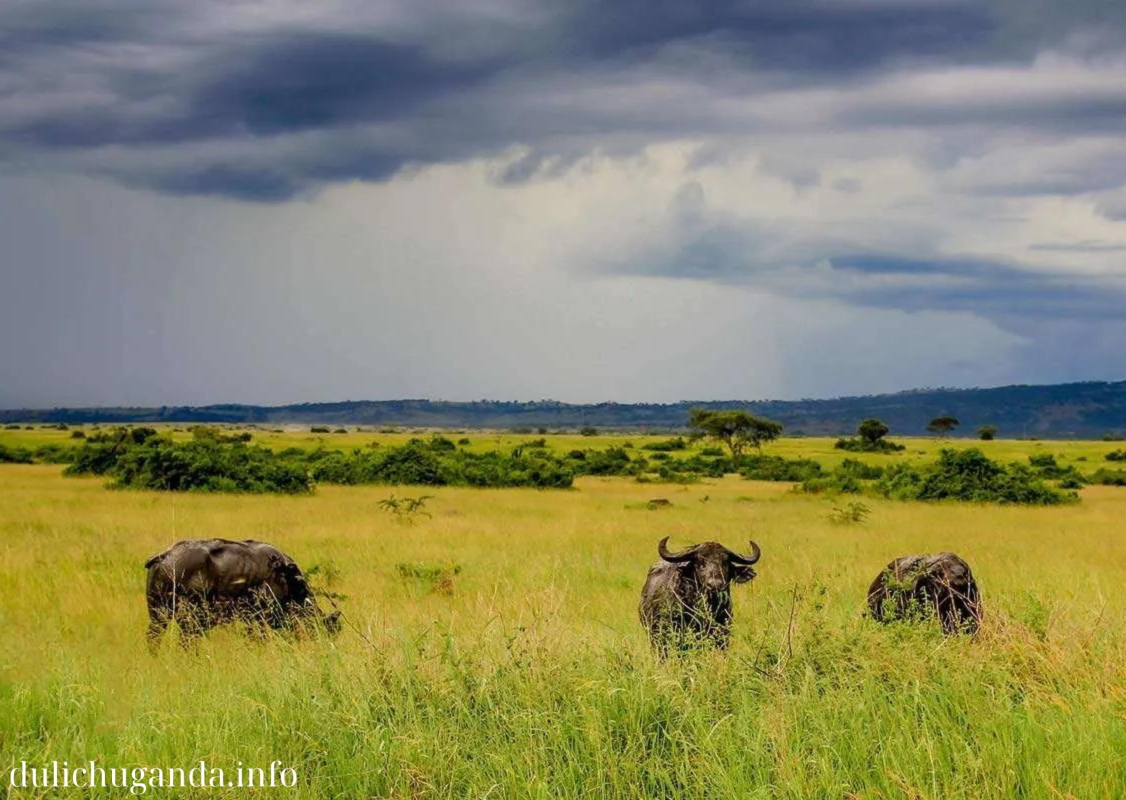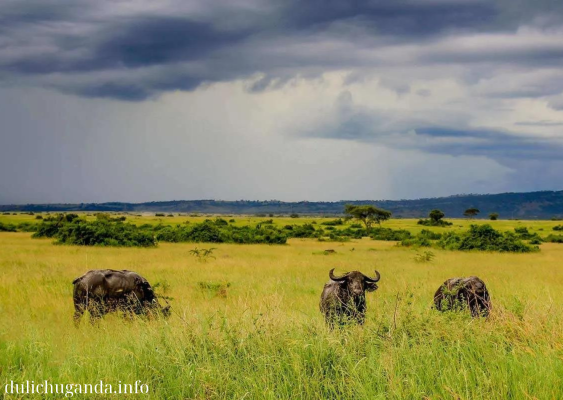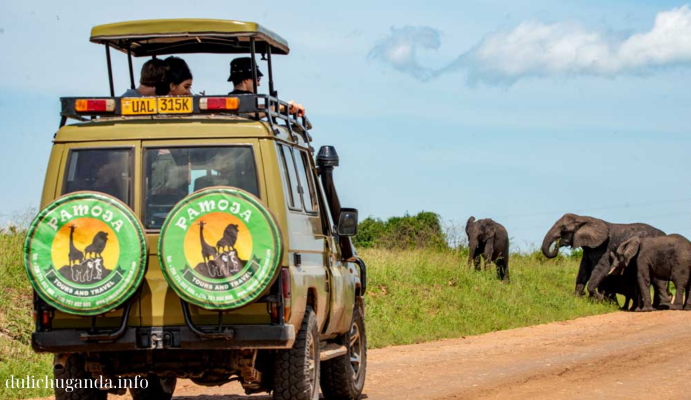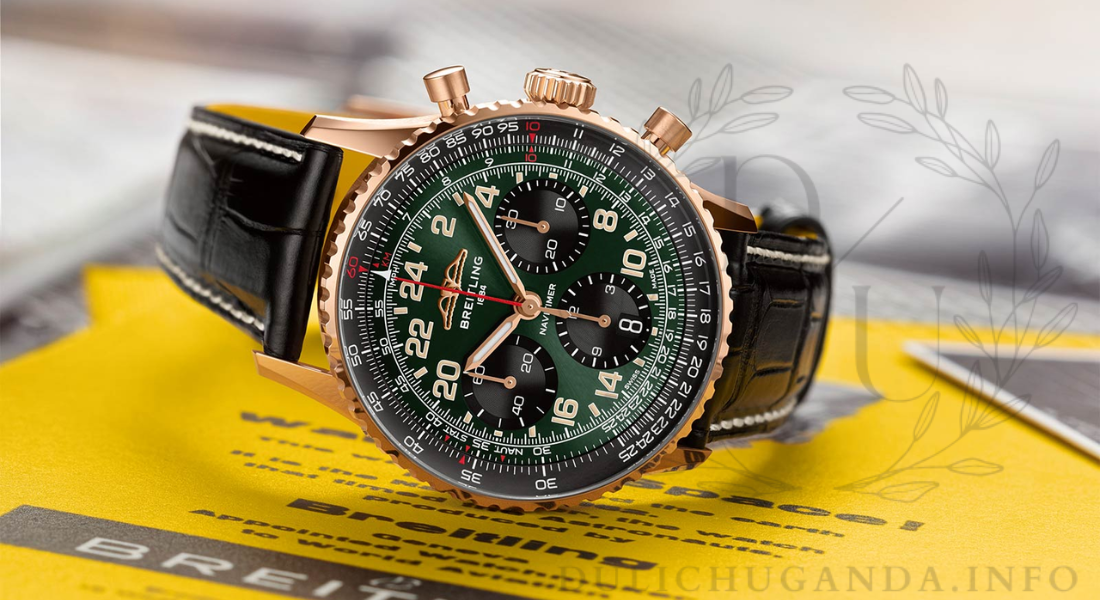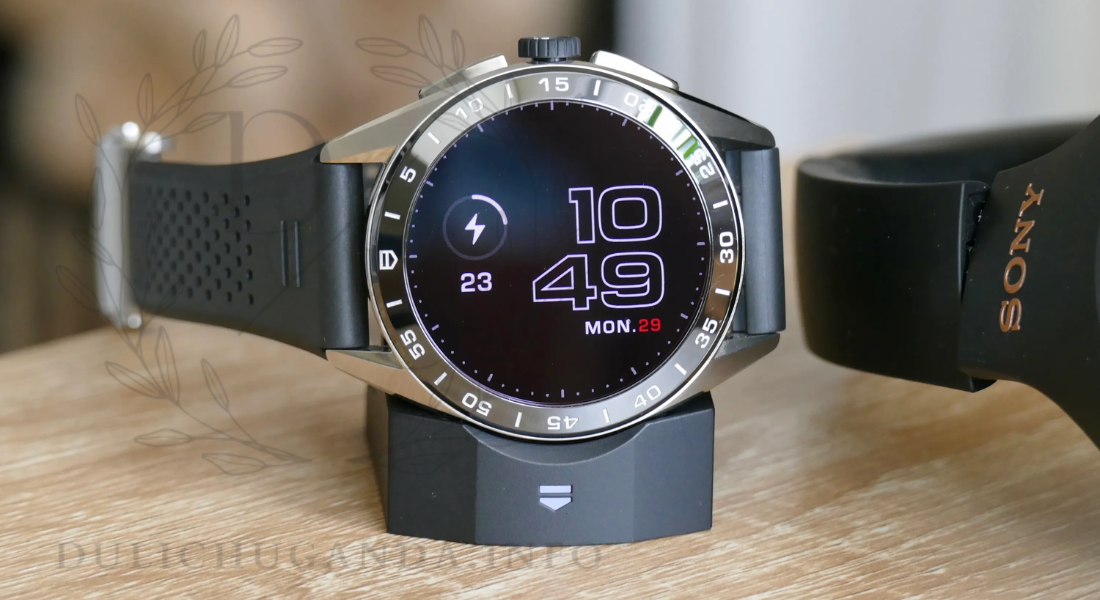Uganda, often celebrated as the “Pearl of Africa,” is renowned for its breathtaking landscapes, diverse wildlife, and vibrant cultures. To fully experience what this remarkable country has to offer, it’s crucial to understand the best times to visit based on weather conditions and wildlife activity. This guide will help you plan your trip for the ideal weather and the most rewarding wildlife encounters.
1. Understanding Uganda’s Climate
Uganda has a tropical climate, characterized by two rainy seasons and two dry seasons. This climatic pattern significantly influences the best times to visit different regions of the country:
Rainy Seasons:
- March to May (Long Rains): This period experiences heavy, consistent rainfall. The rains are generally intense but sporadic, which can lead to muddy conditions, especially in remote and forested areas.
- October to November (Short Rains): The short rains are less intense than the long rains but can still cause sporadic downpours. The landscape remains lush, and there’s a slight increase in humidity.
Dry Seasons:
- June to August (Long Dry Season): This is the most popular time to visit Uganda. The weather is typically dry and cooler, with lower humidity and less rain. This period is ideal for wildlife viewing and trekking, as the trails are less muddy and the animals are more concentrated around water sources.
- December to February (Short Dry Season): This season is warmer and drier, with occasional short rains. It’s another excellent time for wildlife viewing, as animals are still easy to spot and the weather is relatively pleasant.
2. Best Times for Wildlife Viewing
Gorilla Trekking:
- Dry Season (June to August, December to February): Gorilla trekking in Bwindi Impenetrable Forest and Mgahinga Gorilla National Park is best during these dry months. The trails are less challenging due to reduced mud, and the chances of spotting gorillas are higher. The visibility is also better as the foliage is less dense.
Chimpanzee Tracking:
- Dry Season (June to August, December to February): The dry seasons are ideal for chimpanzee tracking in Kibale National Park. The trails are more accessible, and chimps are easier to find as they are more active and less dispersed during these times.
Game Viewing:
- Dry Season (June to August, December to February): The dry weather makes game viewing in Queen Elizabeth National Park and Murchison Falls National Park particularly rewarding. Animals congregate around water sources, and the reduced vegetation makes it easier to spot wildlife. This is also a good time for boat safaris and game drives.
3. Ideal Times for Specific Activities
Bird Watching:
- April to May and September to November: For bird enthusiasts, the rainy seasons offer the best opportunities. Migratory birds arrive during these months, and the lush environments provide excellent conditions for birdwatching. Uganda’s diverse ecosystems are home to a vast array of bird species, making these periods particularly rewarding for spotting rare and exotic birds.
Mountain Trekking:
- Dry Season (June to August, December to February): The Rwenzori Mountains and Mount Elgon offer challenging treks throughout the year. However, the dry seasons are preferable for mountain trekking due to more favorable weather conditions. The trails are less slippery, and visibility is better, making for a more enjoyable trekking experience.
Cultural Tours and Urban Exploration:
- Dry Seasons: The dry periods are optimal for cultural tours and exploring urban areas like Kampala and Entebbe. The weather is more comfortable for visiting local markets, historical sites, and engaging with cultural experiences. The dry conditions also make it easier to travel between cities and rural areas.
4. Travel Considerations
Rainy Season Travel:
- Challenges: Traveling during the rainy seasons can present challenges such as muddy roads and occasional disruptions. However, these months also offer a quieter experience with fewer tourists and more vibrant, lush landscapes. Be prepared for potential weather-related delays and plan accordingly.
Peak vs. Shoulder Seasons:
- Peak Seasons (June to August, December to February): These are the busiest times of the year, with higher tourist activity and prices. Booking accommodations and permits well in advance is advisable. The demand for activities like gorilla trekking is high during these times.
- Shoulder Seasons (April to May, September to November): These periods are less crowded and offer more affordable rates. Although the weather can be less predictable, the reduced number of visitors and lush landscapes provide a different but equally rewarding experience.
5. Sample Itineraries Based on Best Travel Times
Classic Uganda Safari (10 Days):
- Day 1-2: Arrival in Kampala, explore local attractions such as the Uganda Museum and the Kasubi Tombs.
- Day 3-4: Travel to Bwindi Impenetrable Forest for gorilla trekking and explore the local communities.
- Day 5-6: Journey to Queen Elizabeth National Park for game drives and a boat cruise on the Kazinga Channel.
- Day 7-8: Visit Kibale National Park for chimpanzee tracking and enjoy a nature walk.
- Day 9-10: Relax at Lake Bunyonyi or engage in cultural activities in Kabale before returning to Kampala.
Ultimate Uganda Adventure (14 Days):
- Day 1-2: Arrive in Entebbe, visit the Ngamba Island Chimpanzee Sanctuary.
- Day 3-4: Head to Murchison Falls National Park for a boat cruise and game drives.
- Day 5-6: Explore Kibale National Park for primate tracking and community visits.
- Day 7-8: Trek through the Rwenzori Mountains.
- Day 9-10: Enjoy wildlife viewing in Queen Elizabeth National Park.
- Day 11-12: Track gorillas in Bwindi Impenetrable Forest.
- Day 13-14: Spend time at Lake Bunyonyi or visit cultural sites before departure.
Cultural and Wildlife Highlights (12 Days):
- Day 1-2: Start in Kampala with city tours and market visits.
- Day 3-4: Explore Jinja, including a Nile River cruise.
- Day 5-6: Travel to Murchison Falls for a combination of cultural and wildlife experiences.
- Day 7-8: Visit Kibale for primate tracking and local cultural experiences.
- Day 9-10: Experience the wildlife in Queen Elizabeth National Park.
- Day 11-12: End with a visit to Bwindi for gorilla trekking or enjoy the serene environment at Lake Bunyonyi.
6. Responsible Travel Tips
Conservation Efforts:
- Wildlife Protection: Follow guidelines to minimize impact on wildlife. Support conservation organizations and eco-friendly tour operators to help protect Uganda’s natural heritage.
- Community Engagement: Participate in activities that benefit local communities and respect local customs. Choose accommodations and experiences that support sustainable tourism practices.
Environmental Impact:
- Reduce Plastic Use: Minimize single-use plastics and carry reusable items.
- Waste Management: Dispose of waste properly and follow eco-friendly practices during your travels.
Conclusion: Making the Most of Your Ugandan Adventure
Uganda is a country of remarkable contrasts and natural beauty, offering a range of experiences throughout the year. By understanding the best times to visit based on weather patterns, wildlife activity, and your interests, you can tailor your trip to ensure the most rewarding and memorable experience. Whether you’re trekking with gorillas, exploring diverse ecosystems, or engaging with vibrant local cultures, Uganda’s diverse offerings promise an adventure like no other. Plan your journey with this guide in mind to fully embrace the magic of Uganda and create lasting memories in the Pearl of Africa.
